If you’re unfamiliar with the Deep Bay wetland shared by Hong Kong and Shenzhen, you might wonder about the significance of the expanse of fish ponds in the area of north Hong Kong that will be the site of a major new development, the Northern Metropolis – as discussed in Wetlands are key to securing a climate-resilient Northern Metropolis by three expert ecologists, which I hope you will read first.
To explain a little: Deep Bay is an estuary on the east side of the Pearl River Delta. While this delta is intensely developed, with extensive reclamations leading to little natural shoreline remaining, Deep Bay still has tidal mudflats fringed by mangroves, with substantial areas of shrimp ponds and fish ponds fringing the southern shoreline, in Hong Kong.
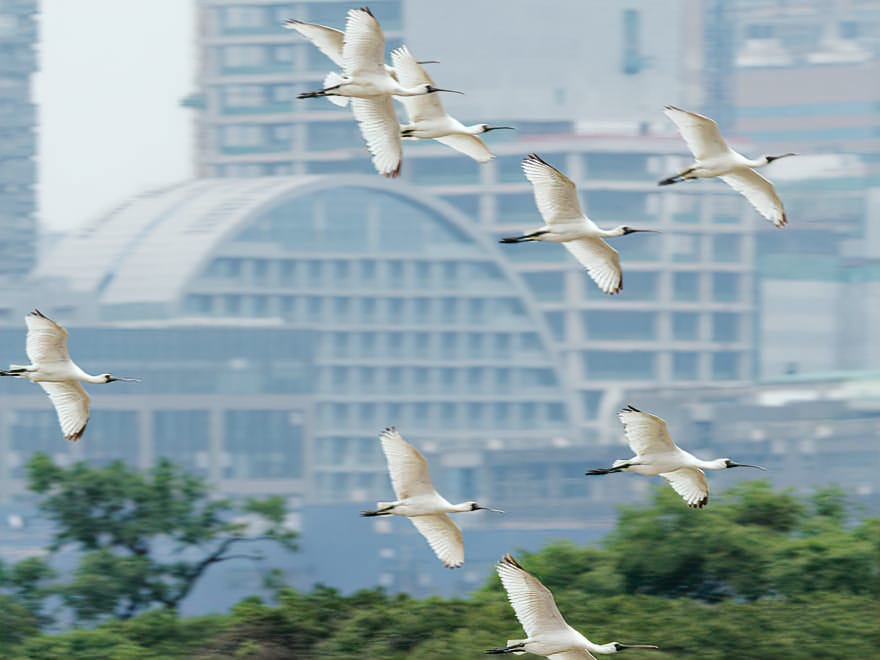
So there’s a wetland complex here, and this attracts several tens of thousands of waterbirds each year. These include ducks, gulls and Great Cormorants that spend winter in the bay, while many shorebirds, especially, occur each spring and autumn. There is an impressive variety of species, with globally endangered birds such as Black-faced Spoonbill, Saunders’ Gull, and Nordmann’s Greenshank. Other wildlife includes Bent-winged Firefly – found nowhere else in the world; and Eurasian Otter, which is very rare in Hong Kong.
The birdlife, in particular, led to Deep Bay having two “Ramsar Sites”, listed under the UN Ramsar Convention as official recognition they are of international importance: Inner Deep Bay in Hong Kong, and the Guangdong Neilingding Futian National Nature Reserve in Shenzhen. The Ramsar Convention advocates “wise use” of wetlands; which does not mean treating them like untouchable museum exhibits, but can be seen as “the conservation and sustainable use of wetlands and all the services they provide, for the benefit of people and nature.”
Notable protection measures include the establishment of the Mai Po Marshes Nature Reserve in Hong Kong, managed by WWF Hong Kong, which has landscaped former shrimp ponds to help attract a multitude of birds and, in turn, birdwatchers from all over the world.
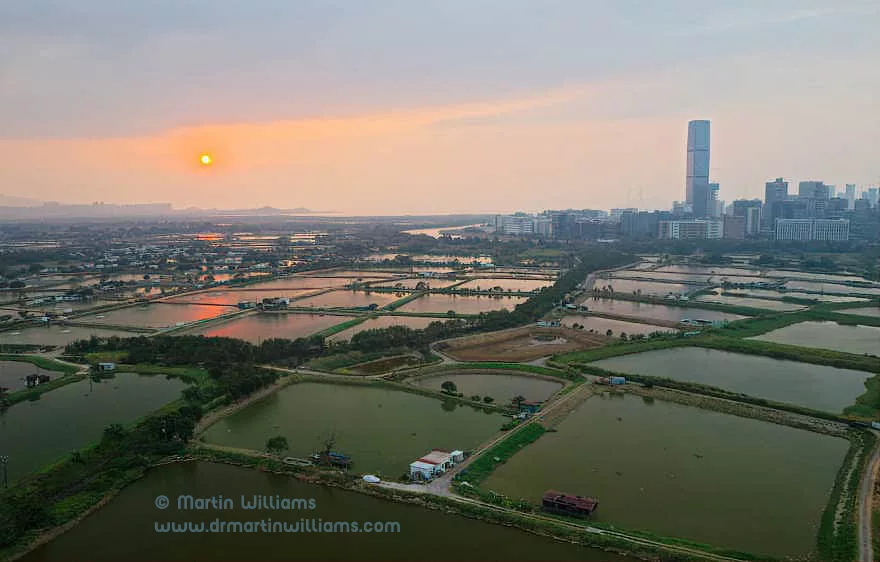
You won’t be surprised to learn Deep Bay is no pristine paradise: there have been many developments in the area, such as new town construction in Hong Kong, and the rapid arrival and expansion of Shenzhen, with some downtown areas built on the floodplain of the Shenzhen River.
Hence, the fish ponds on the Hong Kong side of the bay are of increased importance, as surviving wetlands. While most Deep Bay waterbirds feed on the tidal mudflats, many also inhabit these fish ponds – perhaps feasting on non-commercial fish when farmers lower water levels, and this has led to the Hong Kong government implementing zoning with land use restrictions to help safeguard these ponds. Thanks in large part to these measures, the northern fringe of the San Tin fish ponds – which are set to be significantly impacted by the Northern Metropolis construction – lies just 200 metres from urban Shenzhen.
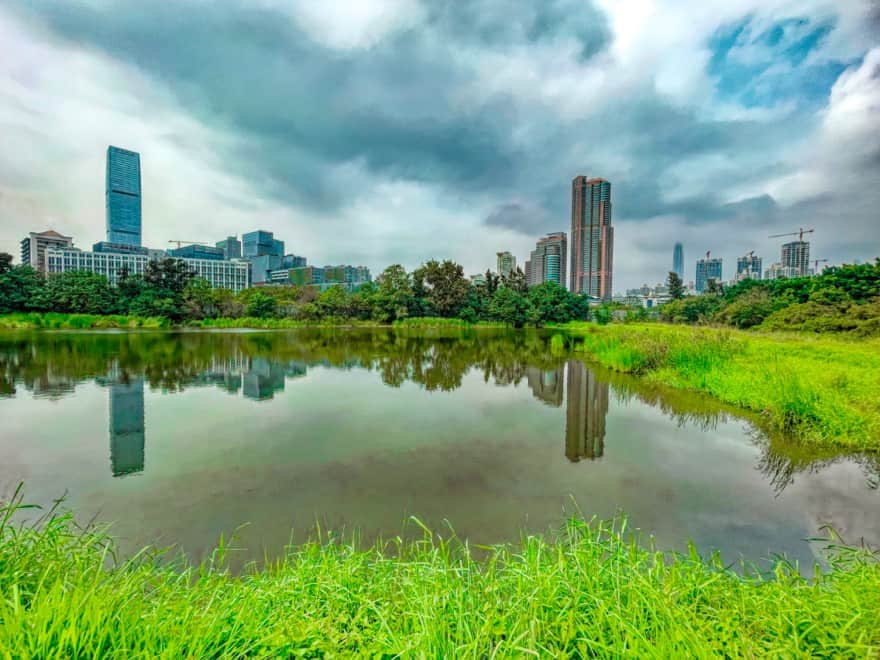
Though Mai Po is far better known, the San Tin fish ponds comprise a prime site for Hong Kong birdwatchers, as reflected in San Tin ranking fourth in terms of bird diversity among all Hong Kong hotspots on eBird, with 290 species. Hence, green groups are highly concerned that the government plans to develop part of the Northern Metropolis on 89 hectares of San Tin land.
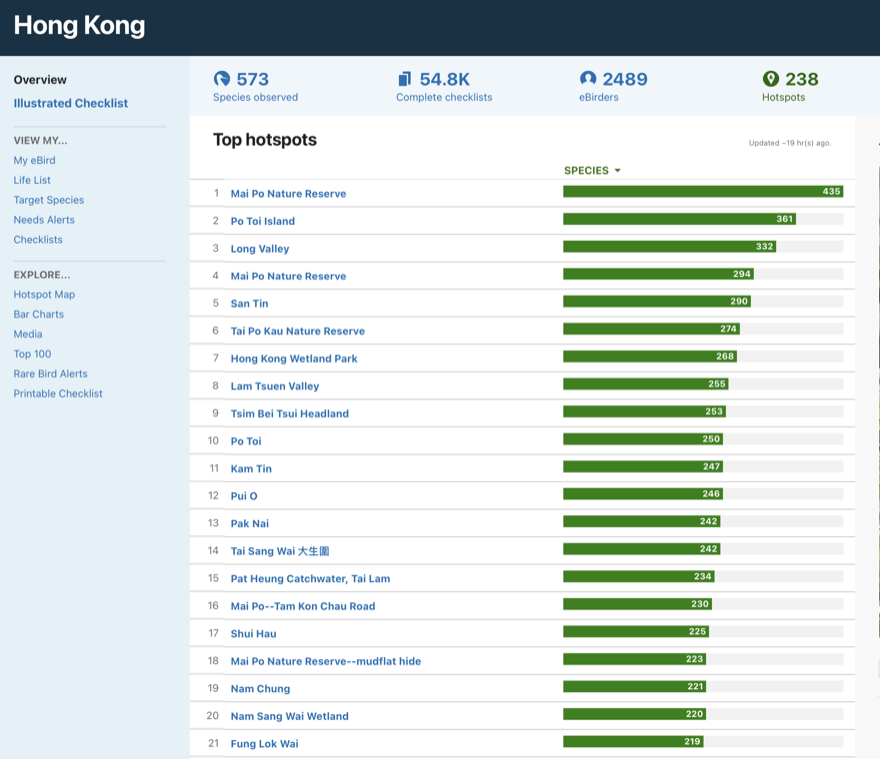
The Hong Kong government also plans to establish a neighbouring wetland conservation park, aiming to improve the ecology there so there is no net loss of wetland function. As yet, however, there are few details; and it may be that this park will not be fully ready until 2039.
Urban areas built on floodplain, prone to flooding
As San Tin is on a floodplain, it is indeed prone to flooding, as are nearby areas of Shenzhen. Engineering projects along the Shenzhen River have helped reduce the flooding, but the risk remains – as shown by floods during intense rainstorms on 7th and 8 September 2023, when impacts included the exit and entry areas of Shenzhen railway station flooded, and several Shenzhen schools closing for the day.

The flooding in Shenzhen would surely have been even worse if the Hong Kong side of the river was similarly urbanised; yet the San Tin fish ponds were also swamped, receiving perhaps several hundred thousand cubic metres of water that caused relatively little damage.
During that September event, the rainfall over 12 hours was the heaviest since Shenzhen’s records began; yet with climate change, more intense rainfall events are to come – in tandem with rising sea levels, plus increasing threat of typhoon storm surges, which have historically killed up to 80,000 people in the Pearl River Delta.
Plus, of course, flood risks are rising in tandem with climate changing:
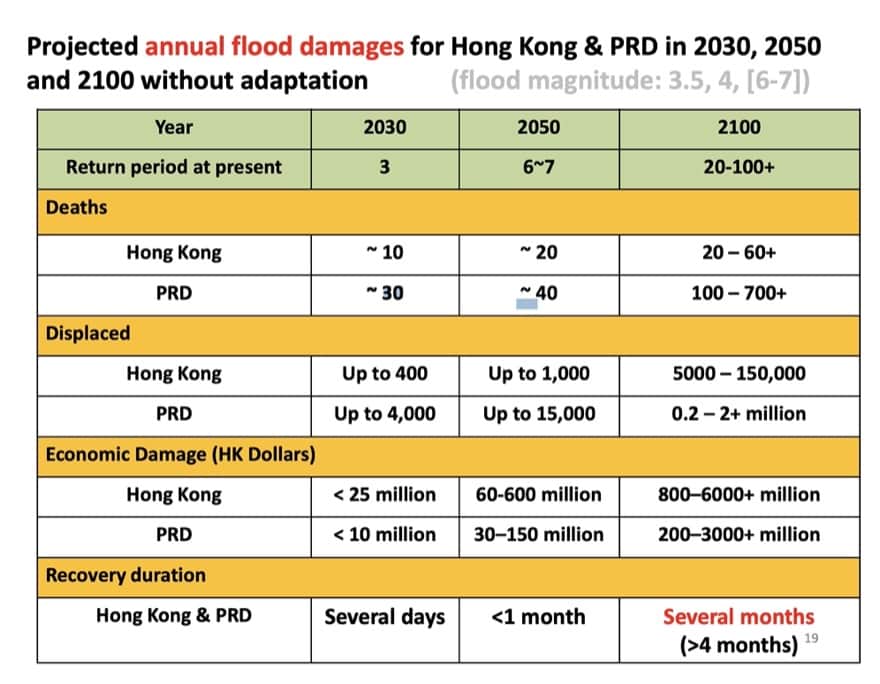
Fish ponds can accept floodwaters yet plans for relatively small underground cavern
Hence, with flood threats increasing, it might seem wise to protect the San Tin wetland, and improve its ability to absorb floodwater – exactly as argued in Wetlands – the key to a resilient Northern Metropolis in a changing climate. Currently, however, this functionality indeed seems little appreciated; and there are even plans to create underground caverns for storing some 200,000 cubic metres of floodwater, to protect the part of the Northern Metropolis area here.
By my simple calculation, this amount of floodwater could be readily accepted by a wetland with an area of just 20 hectares – ie 200,000 square metres – if its water level could rise by just 1 metre (in reality, it could be possible to raise the level by at least twice this). Larger wetlands could of course accept even more water during rainstorms. For instance, the wetland conservation park has a planned area of 338 hectares, which could mean accepting over 3 million cubic metres of water during potential flooding events; original plans called for it to have an area of over 500 hectares, so with a floodwater alleviation capacity of at least 5 million cubic metres. Perhaps this could not only alleviate flooding in north Hong Kong, but also in nearby Shenzhen?
Though planners seem to disregard or downplay this potential function of the fish ponds area, Hong Kong’s Drainage Services Department has implemented a smaller, similar project nearby – and describes this as a “wetland wonderland”, benefitting biodiversity while reducing flood risks. In other parts of the world, there are substantially larger schemes.
Floodplain restoration projects succeed worldwide
Searching online for “floodplain restoration”, I find several results, with success stories. For instance, a study assessed four multi-benefit floodplain projects (two in California, United States, and two in Germany), and concluded that:
“projects that both reduce flood risk and restore ecosystems are clearly possible and often cost-effective, and that they could be more widely implemented. The principal barriers are often institutional and regulatory, rather than technical.”
Restoring Rivers and Floodplains for Habitat and Flood Risk Reduction: Experiences in Multi-Benefit Floodplain Management From California and Germany
In 2021 the Hong Kong government had a splendid plan for protecting Deep Bay wetlands
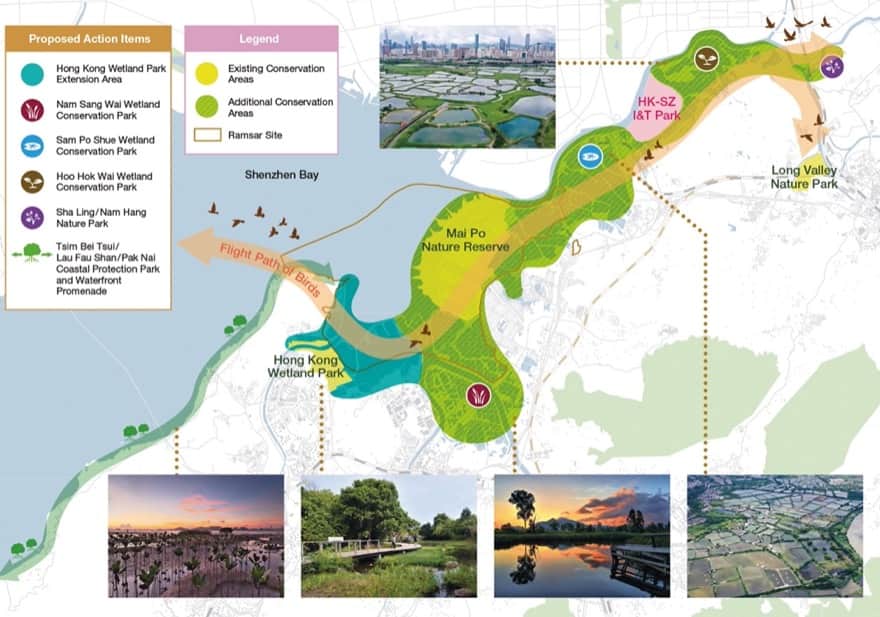
In 2021, the Hong Kong government published a plan with more ambitious measures for protecting the Deep Bay wetlands, which noted, “Strategic facilities at prime locations such as the Wetland Conservation Parks, should be leveraged for the purpose of flood prevention.” Furthermore: “We should co-operate with the relevant authorities of Guangdong and the GBA [Greater Bay Area] cities to share experiences in conservation of wetlands ecosystem, jointly build networks of wetlands systems in the GBA and enhance the overall capacity and quality of the ecological environment.”
As I write (in early 2024), it seems there is still the potential for implementing this plan – as part of the Northern Metropolis development, while also safeguarding the wetlands at San Tin. But with work on the metropolis set to commence late this year, time is running out.
The government’s 2021 plan anticipated that:
“The entire system can serve as a precious ecological habitat with outdoor recreational resources collectively owned and cherished by all Hong Kong citizens.”
Northern Metropolis Development Strategy
Report 6 October 2021
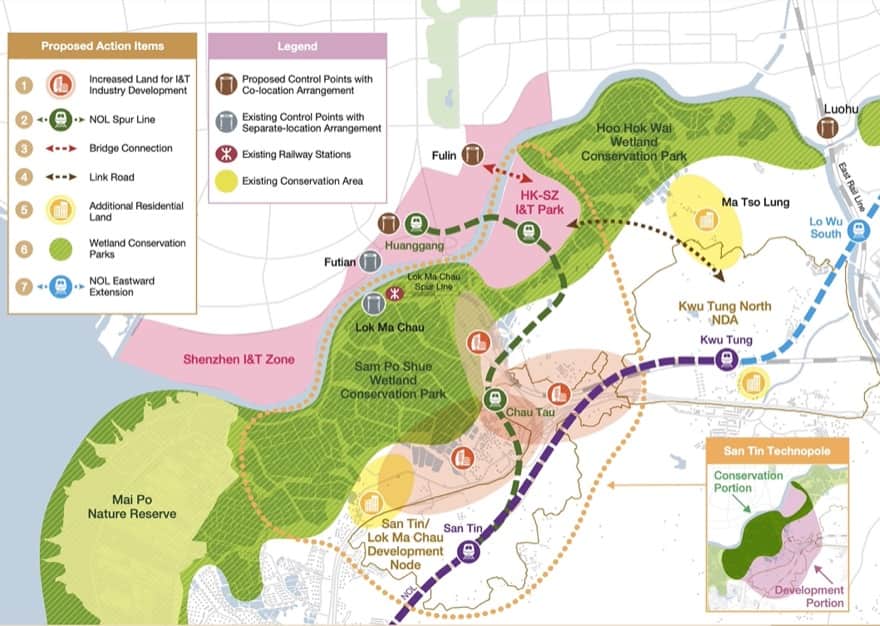
Perhaps, too, this can become a wetland ecosystem that can benefit people in the wider, Greater Bay Area – as a place to visit to admire wetland scenery, wildlife and tranquillity, and perhaps enjoy a range of activities such as birdwatching, photography, boating, kayaking fishing and cycling; and enjoying meals with locally farmed fish in waterside restaurants.
As noted in Wetlands – the key to a resilient Northern Metropolis in a changing climate, this wetland complex would help realise Ecological Civilization. Plus, the Hong Kong government aims to make Hong Kong a health & medical innovation hub, an international hub for innovation and technology and an international hub for post‑secondary education, while enhancing its attractiveness as a premier global financial hub. By safeguarding and upgrading the San Tin wetland area as part of an improved Inner Deep Bay Ramsar Site, Hong Kong could also become a global hub for wetland conservation, attracting more visitors and further inspiring wetland conservation elsewhere.
Suppose you were ageing and with various ailments, yet still attractive to many; and you were in the care of someone who is doing nothing…
After I posted in a birding whatsapp group about issues with the Long Valley Nature Park, I was surprised at a response, sent to the…
If you’re among the privileged few with access to the inner sanctum of Deep Bay in northwest Hong Kong – a viewing hide at the…
Here’s a film I made about Mai Po, using footage James Reynolds and I shot for the reserve, in English, Cantonese and Mandarin versions: Mai…
Yes, this is may seem impossible, ridiculous; but continuing with current state of affairs doesn’t look good for long term future of Deep Bay wetlands.…
Last decade, the future looked bright for the Deep Bay wetland, in northwest Hong Kong. [I wrote this for the South China Morning Post in late…
The WWF Hong Kong managed Mai Po Marshes Nature Reserve has undergone an infrastructure upgrade, with a HK$347 million grant from the Hong Kong Jockey…
With the apartment blocks of Yuen Long and Tin Shui Wai to the southwest, Fairview Park estate to the south, and the urban sprawl of…
There is a Mai Po upgrade project underway [spring 2023], funded by a HK$347.86 million grant from the Hong Kong Jockey Club Charities Trust. This seems…
A “battle of the ponds” is underway in Hong Kong’s northwest corner. It focuses on Deep Bay, a wetlands area that borders on China, near…
“If you look at satellite photos of the Pearl River delta, Deep Bay really shows up. There is nothing else like it.” David Melville Published…
Though Mai Po Marshes is at the heart of Hong Kong’s internationally important Deep Bay wetland, there are other important sites in the area –…
Mai Po is a key component of the internationally important Deep Bay wetland, which straddles the border between northwest Hong Kong and Shenzhen.
Deep Bay in northwest Hong Kong is a wetland of international importance, a magnet for migratory waterbirds.
Mai Po Marshes has become one of the world’s greatest wetland reserves – and a place I’ve come to know well over the years. Indeed,…
Nam Sang Wai is part of the Deep Bay wetland.
At Mai Po Marshes Nature Reserve you can enjoy impressive wildlife spectacles.
Hong Kong Wetland Park is a curious place – with little wetland, excess dryland and an outsize visitor centre with exhibition areas like scifi scenes.…
Despite all the brouhaha, there is no H5N1 at Mai Po.
Mai Po Marshes Nature Reserve is a key part of the internationally important Deep Bay wetland

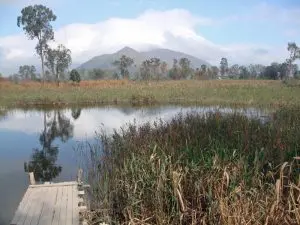
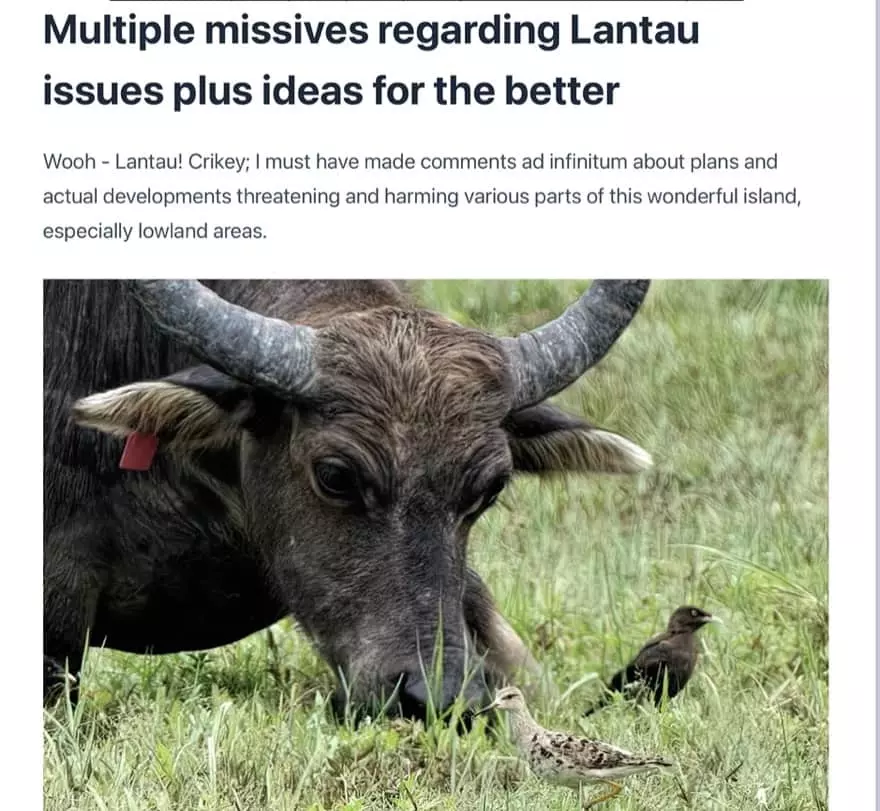


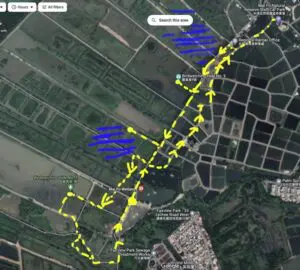
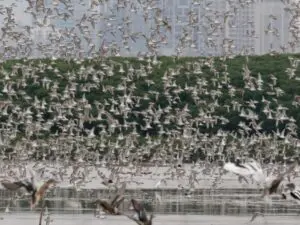

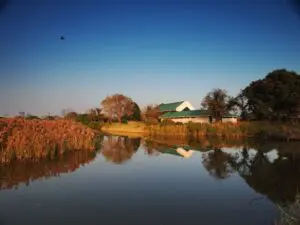


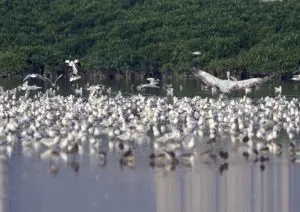



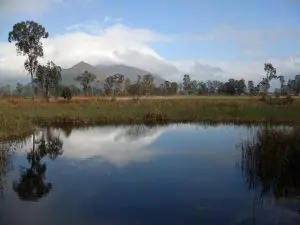
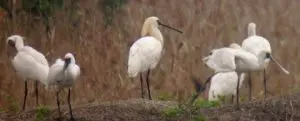



An article in Wen Wei Po advocates developing the technopole on higher ground, avoiding the San Tin fish ponds.
A translation of a paragraph to English:
//From the perspective of land use and administration, compared with the original plan, Dr. Zhang’s plan can use resources more effectively in terms of cost, operational resilience, environmental disputes and collective transportation.//
Article here: https://www.wenweipo.com/a/202411/15/AP67365a9ae4b07d24342472b2.html
Facebook post by Lam Chiu-ying:
“I have an article in Ming Pao today: showing the futility of Trillion-$ projects in maintaining economic growth** and advocating the shelving and indeed scraping both mega-projects viz. the artificial island as well as the “Innovation & Technology Park” located on San Tin wetlands. (** see figure in “comments)
//The government has inherited two controversial mega-projects from the previous government: the artificial island of Lantau Island and the “Innovation and Technology Park” onSan Tin wetlands (note: not the entire San Tin Technopole project). The former is most probably a $1 trillion project with many problems . The latter involves filling up nearly a hundred hectares of fish pond wetlands. Wetlands with high ecological value cannot recover once construction begins, which undermines the establishment of national ecological civilization. Both are projects that cannot be undone once “the hair gets wet”. At this time of financial difficulties, we must not put Hong Kong in such situations ignoring the costs. Therefore, we seriously recommend that the government shelve the artificial islands and the Innovation and Technology Park on the San Tin wetlands in drafting next year’s budget. Indeed from the perspectives of of ecology and disaster prevention, both projects should be scraped completely.//”
Ming Pao article here: https://news.mingpao.com/pns/%e5%89%af%e5%88%8a/article/20250119/s00005/1737216533308/%e5%91%a8%e6%97%a5%e8%a9%b1%e9%a1%8c-%e8%b2%a1%e6%94%bf%e8%b5%a4%e5%ad%97%e6%80%9d%e8%80%83-%e5%9f%ba%e5%bb%ba%e5%b7%a5%e7%a8%8b%e8%88%87%e7%b6%93%e6%bf%9f%e7%99%bc%e5%b1%95%e7%9a%84%e7%a5%9e%e8%a9%b1%e7%a0%b4%e6%bb%85